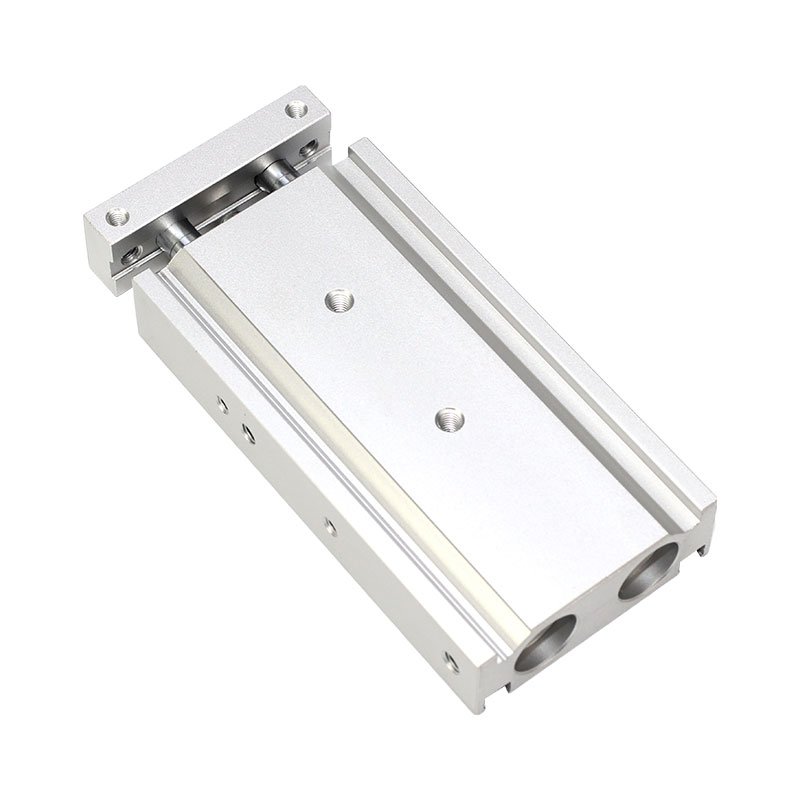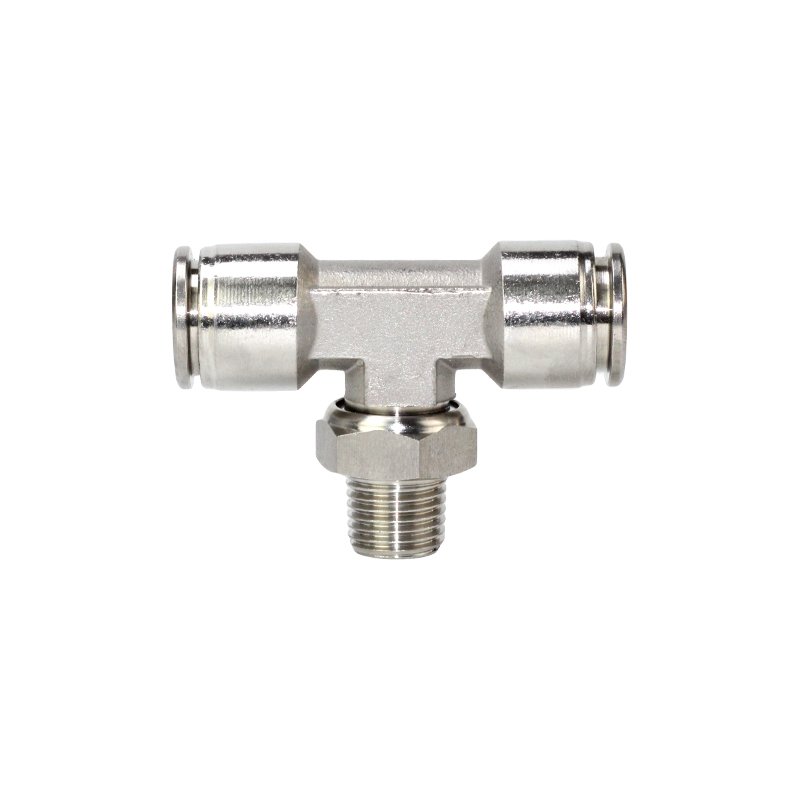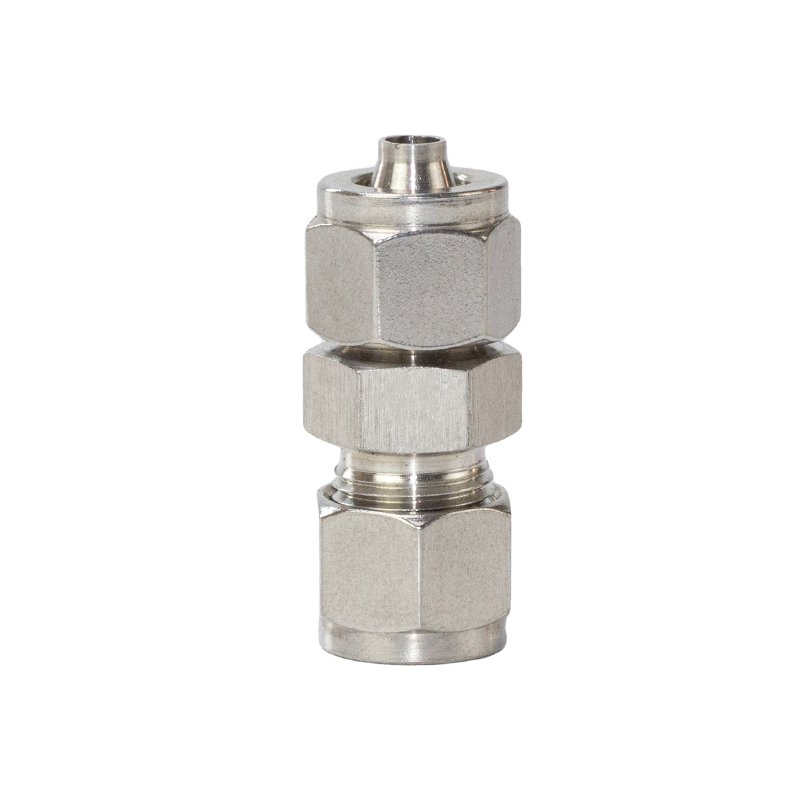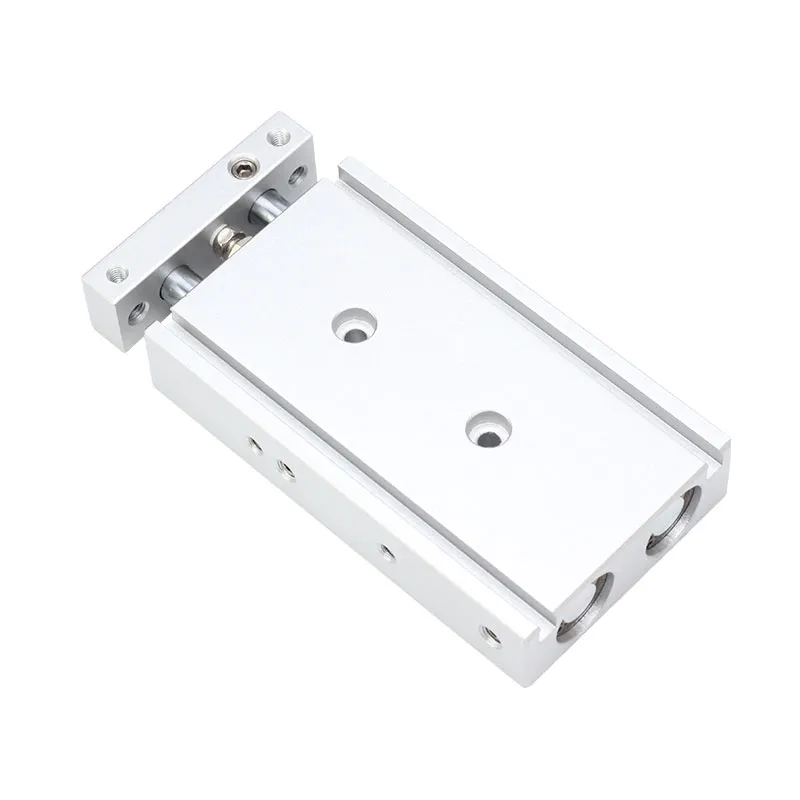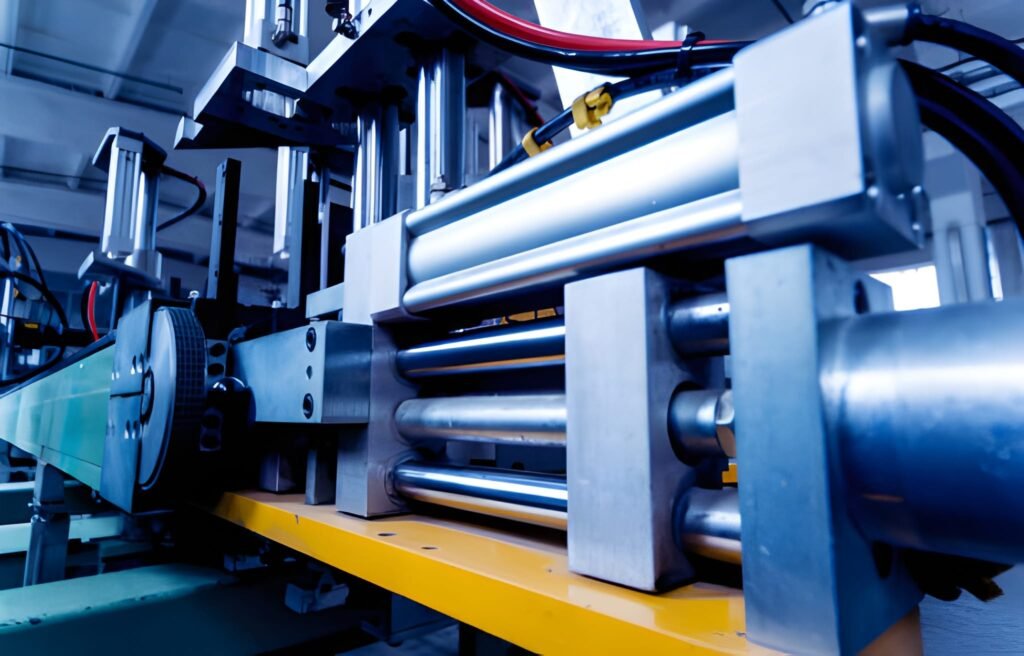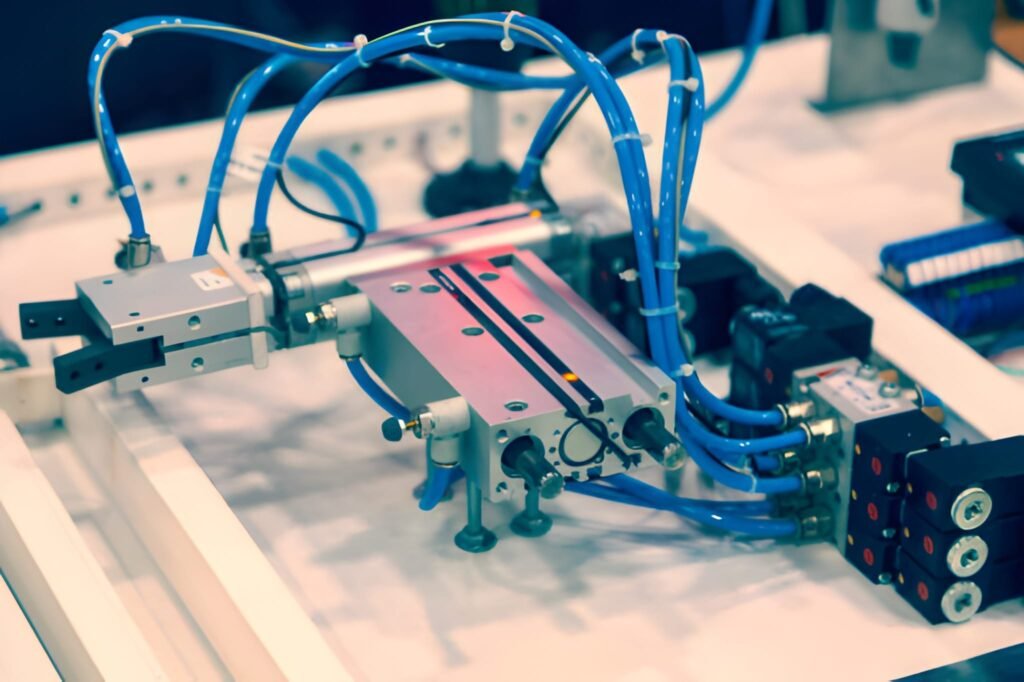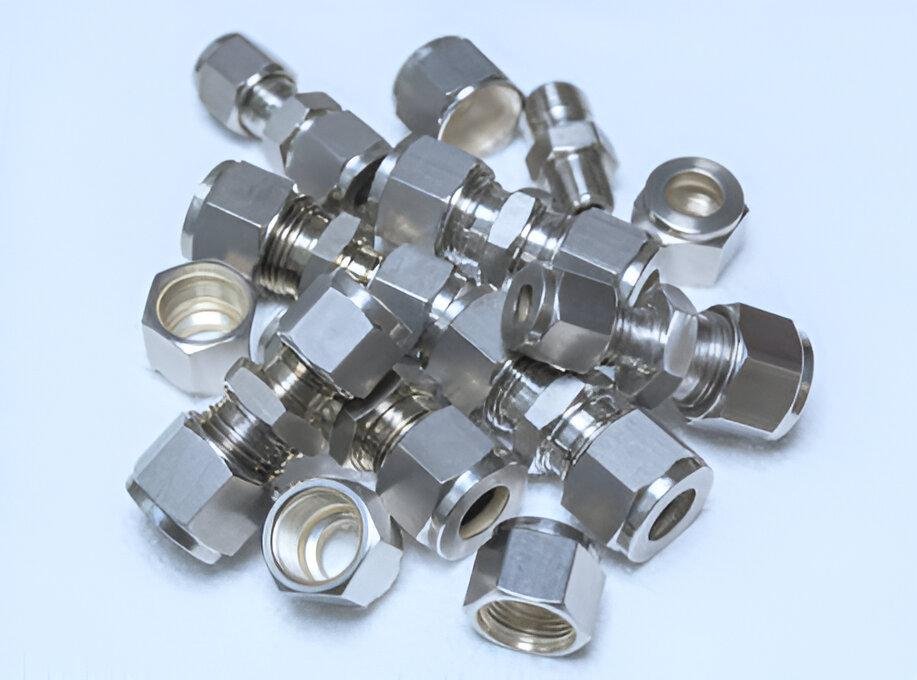If you’ve ever worked with pneumatic or hydraulic systems, you might have come across different types of cylinders designed to create motion. Among these, the Double Rod Cylinder stands out for its unique design and versatility. But what exactly is a Double Rod Cylinders, and why is it so widely used in industries such as manufacturing and automation? Let’s dive into everything you need to know about this fascinating component!
What is a Double Rod Cylinder?
A Double Rod Cylinder, also known as a double rod end cylinders or double end rod cylinders, is a type of actuator with two piston rods extending from both ends of the cylinders barrel. This design allows for force and movement to be delivered equally in both directions, offering enhanced stability and control compared to a single rod cylinder.
Imagine trying to push and pull something steadily without it wobbling or tilting—this is where the TN Series Double Rod Cylinder shines. Whether it’s a double acting cylinder with double ended piston rod or a double acting double rod hydraulic cylinders, these cylinders provide symmetrical motion that is precise and reliable.
Double Rod Cylinder Definition and Basic Concepts
The Double Rod Cylinders is a pneumatic or hydraulic actuator characterized by two rods attached to opposite sides of a central piston inside the cylinders tube.
| Feature | Description |
|---|---|
| Structure | Two piston rods protruding from both ends of cylinder |
| Motion | Symmetrical push and pull force in both directions |
| Common Names | Double rod hydraulic cylinder, double rod end air cylinder |
| Advantage | Balanced force, reduced bending and tilting |
Why use double rods?
Because the forces on both sides balance each other, the cylinder resists bending moments and side loads better than single rod designs. This makes the double rod hydraulic steering cylinders excellent for applications requiring durability and precision.
If you’re considering an upgrade for your automation line, exploring double acting double rod cylinder options could be a game-changer!
Working Principle of Double Rod Cylinder
A double rod cylinders works by utilizing pressurized air or hydraulic fluid to move a piston connected to two rods, exerting force outward equally on both ends.
- The cylinder barrel contains a piston attached to two rods.
- Fluid pressure is alternately introduced to either side of the piston chamber.
- This pressure pushes the piston and both rods in the same line but opposite directions.
- The motion is smooth and controlled in both extension and retraction.
The magic behind double action
| Stroke Direction | Fluid Action | Effect |
|---|---|---|
| Extension | Fluid enters chamber A | Rod A extends, Rod B retracts |
| Retraction | Fluid enters chamber B | Rod B extends, Rod A retracts |
This double acting double rod hydraulic cylinders design provides excellent control with almost identical force output on either side of the piston. This principle follows Pascal’s law, ensuring that pressure applied to the fluid pushes equally in all directions.
Considering a double rod hydraulic cylinders adds balanced power delivery and minimizes unwanted mechanical stress.
Types of Double Rod Cylinders
Double rod cylinders come in several variations tailored for diverse applications:
- Standard Double Rod Cylinders: General purpose, used widely in manufacturing.
- Compact Double Rod Cylinders: Designed for installation in limited spaces.
- Double Acting Tie Rod Hydraulic Cylinders: Features external tie rods for extra strength.
- Double Rod End Air Cylinders: Mainly for pneumatic systems needing symmetrical output.
| Type | Key Feature | Application Examples |
|---|---|---|
| Standard | Balanced performance | Assembly lines, robotics |
| Compact | Small footprint | Space-saving automation |
| Double Acting Tie Rod | Heavy duty structure | Heavy machinery, presses |
| Double Rod End Air | Pneumatic controlled | Packaging machines, conveyors |
When choosing, think of your application needs—do you require the strength of a double acting tie rod hydraulic cylinders or the space efficiency of a compact model? Feel free to ask for guidance from your supplier or send an inquiry to get tailored advice.
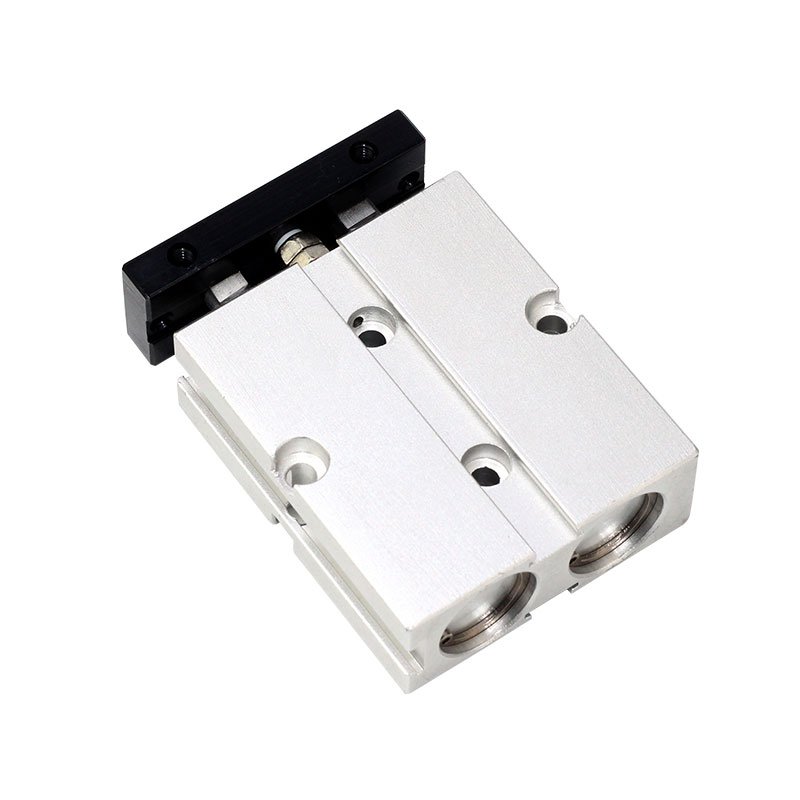
Upgrade your machinery with reliable Double Rod Cylinder.
Advantages & Applications of Double Rod Cylinders
Why do so many industries rely on double rod cylinders? Here’s why:
Advantages
Symmetrical Forces: Balanced force prevents the cylinder from tilting or bending.
Precise Motion: Consistent speed and force in both directions.
Durability: Longer lifespan due to less stress and wear.
Versatility: Can be used with sensors for feedback control.
Space Optimization: Two-sided motion allows installation of tools or fixtures at both rod ends.
Common Applications
Automation and manufacturing machinery
Robot arms and actuators
Material handling systems
Hydraulic steering and heavy machinery
Visualizing the impact with a comparison table:
| Feature | Double Rod Cylinder | Single Rod Cylinder |
|---|---|---|
| Force Balance | Yes, force on both sides equal | No, force on rod side only |
| Stability | High, less bending and tilting | Moderate, prone to bending |
| Precision Control | High | Moderate |
| Application Scope | Heavy duty, precision required | Light to medium duty |
| Cost | Slightly higher | Lower |
For applications where stability and control are critical, the double rod end hydraulic cylinders is worth the investment!
What is the Difference Between Single and Double Rod Cylinders?
Great question! Many wonder how double acting single rod cylinders differs from double acting double rod cylinders. Here’s a handy guide:
| Aspect | Single Rod Cylinder | Double Rod Cylinder |
|---|---|---|
| Rods | One rod attached to piston | Two rods, one on each end of the piston |
| Force Distribution | Offset force, can cause tilting | Balanced force, prevents bending |
| Size & Weight | Lighter and more compact | Heavier, needs more space |
| Application Suitability | Simple pushing actions | Precise, heavy-duty, balanced push/pull |
| Precision & Stability | Less precise under load | High precision with excellent stability |
If the application demands balanced load handling and simultaneous push-pull operations, a double acting double rod cylinders is ideal. For simpler, one-direction force, a double acting single rod cylinder might suffice.
In weighing the pros and cons, think about your operational needs. Need help deciding? Send an inquiry about the best cylinder type for your specific use case!
How to Choose the Right Double Rod Cylinder
Selecting the perfect double rod cylinder for your setup can seem tricky. Here’s a quick checklist:
- Stroke Length: Measure the required movement distance.
- Force Requirement: Calculate the load to determine required pushing/pulling force.
- Installation Space: Ensure space accommodates length with rods extended.
- Operating Medium: Decide between pneumatic or hydraulic based on power needs.
- Durability Needs: Choose models like double acting tie rod hydraulic cylinder for heavy loads.
- Additional Features: Sensors for position feedback or special coatings for corrosion resistance.
As a pro tip, communicate your exact needs when requesting quotes—whether you want a double rod end air cylinder or a double rod hydraulic steering cylinders, clarity helps suppliers offer the best fit.
Maintenance Tips for Double Rod Cylinders
Proper care ensures your cylinder performs well and lasts longer.
- Inspect Seals: Check for leaks or wear regularly.
- Lubricate Moving Parts: Use recommended lubricants to reduce friction.
- Clean Environment: Avoid dirt or debris ingress to prevent damage.
- Monitor Load: Avoid exceeding specified force limits.
- Check Alignment: Misalignment increases wear and potential failure.
Routine checks save time and cost by preventing unexpected breakdowns. When in doubt, reach out to manufacturers or maintenance experts for specific advice tailored to your double acting double rod cylinders model.
Double rod cylinders are a vital tool in the automation and hydraulics world offering balanced, precise, and powerful motion. Whether you need a double acting double rod cylinder or a double rod hydraulic steering cylinder, these actuators provide reliability and efficiency in a wide range of industrial settings.
Thinking about upgrading your system or starting a new project? Don’t hesitate to reach out for expert advice or a custom quote—choosing the right double rod cylinder can make all the difference in your operational success!
FAQ
Yes! Due to balanced forces and reduced side loading, double rod cylinders tend to last longer in demanding conditions.
They’re widely used in manufacturing automation, robotics, material handling, and heavy machinery like hydraulic steering systems.
Absolutely! Length, diameter, rod type, and additional sensors can be tailored to your needs.
Tie rod cylinders have external rods bolted around the barrel for additional strength, ideal for heavy-duty applications.
Regular seal checks, lubrication, cleaning, and load monitoring keep your cylinder operating smoothly.

